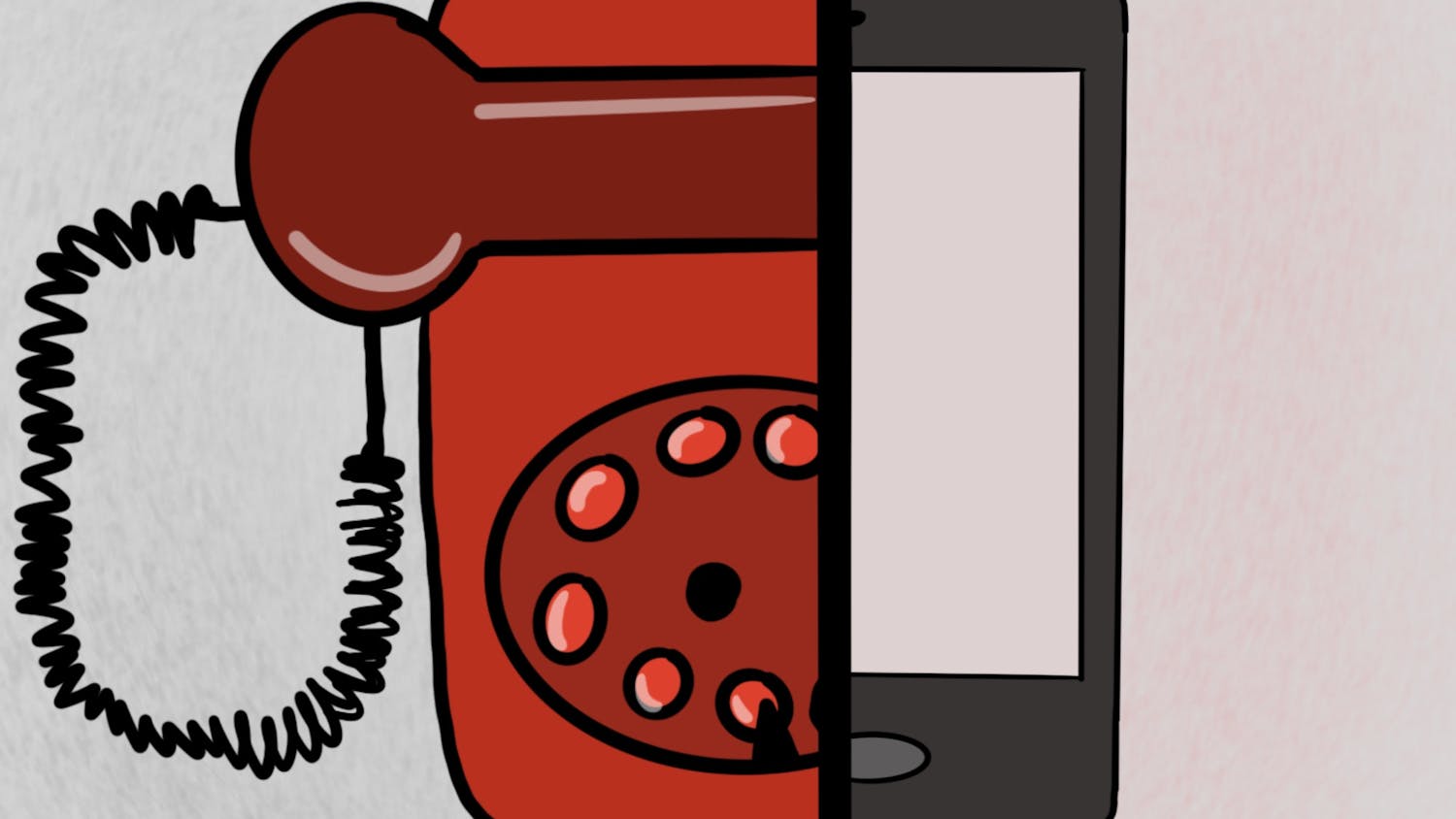On March 10, Ohio University President Duane Nellis announced the suspension of in-person instruction through March 30 as part of the coronavirus pandemic response. What initially was going to be a small extended break turned into the entire university moving to a virtual learning format for the Spring Semester, and most students have been continuing virtually through the fall.
Classes are a mix of synchronous, which meet at a specific time via Microsoft Teams or Zoom, and asynchronous, which do not have a set time.
The majority of students enrolled at the Athens campus were able to return to their homes in Ohio, but a great number of students had to find their way across the country — or across the world — to adjust to what was only the beginning of the COVID-19 ripple effect. In the 2020 Spring Semester, there were 18,590 total students on Athens campus: a mix of undergraduate, graduate and medical students.
About 20% of all students enrolled at the Athens campus are out-of-state.
Although about 80% of students who are usually on the Athens campus are within the Eastern time zone, the rest find themselves with a problem in their hands. For Noah Wolf, a senior studying journalism, the clock ticks one hour behind.
Wolf grew up living in Central Standard Time. He left his Athens off-campus apartment in March and drove around 730 miles back home to Ankeny, Iowa, and the Central time zone.
“Last semester, all my classes were asynchronous, which was super nice,” Wolf said. “I just got my work done as I needed to, had a little time here and there … now, all my classes are synchronous this semester, so it’s a total switch. One of my classes is at 9:40 every Wednesday morning, which is 8:40 Central, so it’s not terrible, but it is earlier. I know some people in my major who are in California and it’s like, ‘What if they were in my class?’ They’d have to wake up at 6 o’clock in the morning to get to a 6:40 class. That seems a little ridiculous to me.”
Though he sympathizes for other students facing harsher time differences, he feels his time difference isn’t a huge issue because it’s only an hour. Even with his graduation coming up in December, Wolf empathizes with the university.
“It’s less than ideal that for my last semester I am in my parents’ basement,” Wolf said. “I would so much rather be in Athens, but I think they made the right call.”
Another 1,600 miles or so west of central Iowa and two more hours of a time difference is Mission Viejo, California, which is under Pacific Daylight Time. Ryan Chisholm, a sophomore studying forensic chemistry, is there — living in his parents’ house.
Chisholm boarded a flight and flew home in March when he found out classes would be online for the remainder of Spring Semester.
“It was rather difficult at first because I had a couple labs, and they completely switched over and basically made us do worksheets because we couldn’t do labs at home,” Chisholm said. “That was a whole different experience. It was basically busy work at that point. I didn’t really get anything out of it. Back in the spring, my time zone didn’t really play too much of a role because they didn’t really have synchronous meetings. They were all asynchronous, and when they were synchronous, they would record it so I could watch it later.”
Chisholm, like Wolf, is finding new ways to adjust to his time zone this semester. He strictly uses a schedule and calendar, writing out specific times and dates when he needs to accomplish tasks. He finds it helpful to write them down both in Eastern time and Pacific time.
Chisholm hopes to return to campus.
“I don’t want to spend my sophomore year behind a computer screen across the country. I’d rather be in Athens and get the college experience,” Chisholm said.
On the other side of the world is Hanoi, Vietnam. Sisi Nguyen, a junior studying commercial photography, is back home under Indochina time: 11 hours ahead of Eastern time.
“I prepared a little bit before everything started. I changed my clock, and now I just stay up until 5 a.m. and sleep in the morning,” Nguyen said. “Sometimes, I have to work in the morning, so it’s really hard to stay up. Four of my classes are synchronous. Most of them are at 12 a.m. or 1 a.m. My philosophy class is from 4 a.m. to 5 a.m., which takes attendance, so I have to go.”
Although commercial photography majors were included in OU’s second phase of students returning to campus, Nguyen and her parents decided it wouldn’t be safe at the time. As Nguyen finds herself feeling “pretty lonely” at times, she has been adjusting just like everyone else.
“I don’t have the chance to meet my professors or friends in person, and I really miss the feeling of going to class,” Nguyen said.
While some students from Ohio University are scattered all across the world, it seems that nearly all students are discovering new ways to adjust to their circumstances that this year has brought upon them.






